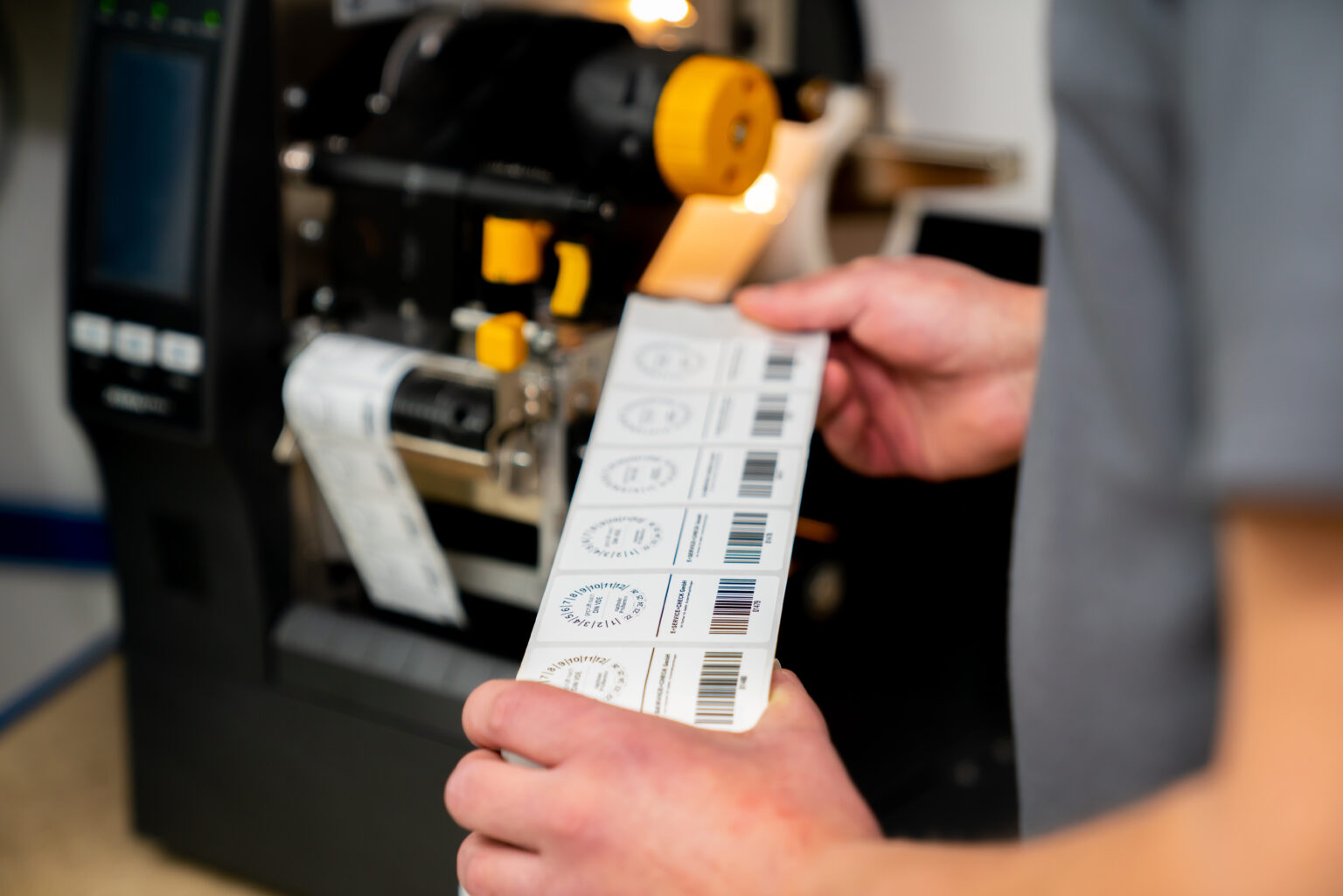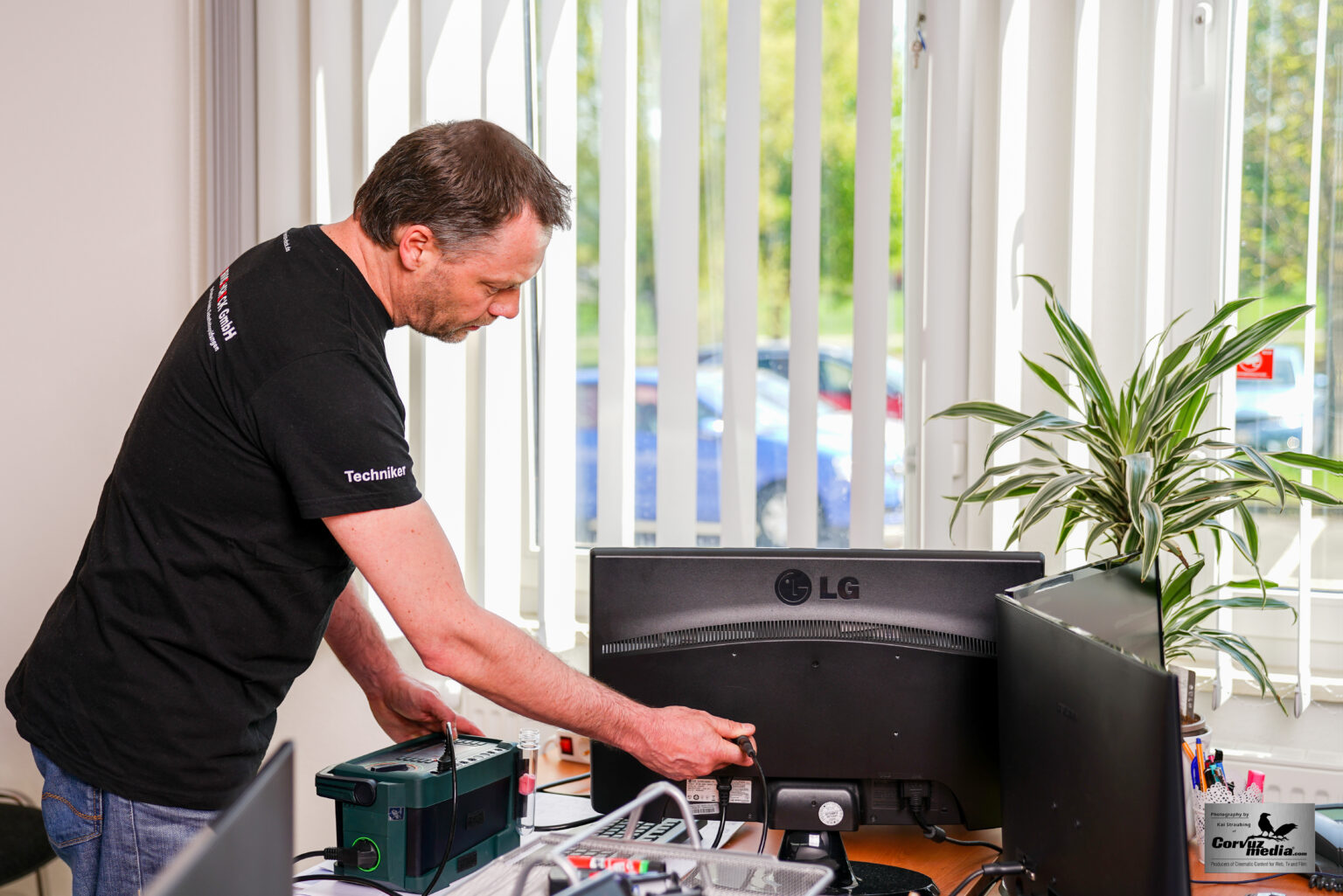It’s often startling to discover that non-compliance with DGUV V3 regulations can result in severe penalties and increased workplace accidents. In Lehrte, the commitment to electrical safety through rigorous DGUV V3 Prüfungen is taken incredibly seriously. This examination protocol is vital in mitigating risks and ensuring the well-being of all employees.
DGUV V3 Prüfungen have a storied history in Germany, tracing back to stringent industrial safety practices developed over decades. Lehrte has embraced these practices, leading to remarkable improvements in workplace safety statistics. The regular electrical inspections not only comply with regulatory standards but also significantly reduce downtime and costly injuries.
The DGUV V3 Prüfung in Lehrte involves thorough electrical equipment inspections to ensure workplace safety and compliance with German regulations. Regular testing can significantly reduce accidents and legal risks, protecting both employees and employers. This proactive approach underscores Lehrte’s commitment to maintaining high safety standards.
DGUV V3 Prüfung Lehrte
The DGUV V3 Prüfung in Lehrte ensures that electrical systems and devices are regularly inspected. This process mitigates the risk of electrical accidents, keeping workplaces safe. Employers are mandated to comply with these stringent guidelines. Failing to do so can result in steep penalties. Therefore, periodic checks are crucial.
During the inspections, experts check for various safety criteria. They ensure cables, connectors, and devices are in working order. Engineers use specific tools to measure electrical values. This data helps identify potential issues early. Consequently, it prevents major accidents.
There are several benefits to these checks. Firstly, they ensure compliance with legal standards. Secondly, they improve workplace safety. Lastly, they enhance equipment longevity. All these points demonstrate the importance of regular DGUV V3 Prüfungen.
The process typically involves the following steps:
- Visual inspection of equipment
- Measurement of electrical parameters
- Functional tests
- Documentation and reporting of findings
By following these steps, Lehrte ensures that all electrical equipment is safe and reliable.

Legal Requirements for DGUV V3 Testing
DGUV V3 testing is essential for ensuring electrical safety in workplaces. German law mandates that all businesses comply with these regulations. Failure to do so can result in hefty fines and increased risk of accidents. Regular testing helps identify potential electrical hazards early. This keeps employees safe and businesses operational.
The testing involves checking various electrical components and systems. Key areas of focus include:
- Electrical installations
- Portable electrical equipment
- Stationary electrical systems
Each of these areas must meet strict safety standards. Regular testing ensures ongoing compliance.
Legal requirements specify how often testing should occur. Common intervals include:
- Every 6 months for high-risk environments
- Every 12 months for moderate-risk environments
- Every 24 months for low-risk environments
These intervals help maintain a consistent level of safety. Adhering to these timelines is crucial.
Proper documentation of test results is also required by law. This includes a detailed report outlining findings and any corrective actions taken. Employers need to keep these records for future reference. They may also need to show them during inspections. Proper documentation helps ensure legal compliance and workplace safety.
Steps Involved in DGUV V3 Prüfung
DGUV V3 Prüfung involves a series of carefully planned steps to ensure electrical safety. The process begins with a visual inspection of all electrical equipment. Experts check for any visible signs of damage or wear. This step helps identify any immediate hazards that need attention. It’s a crucial first look.
Next, electrical measurements are taken to ensure proper functioning. Technicians use specialized tools to measure resistance, current, and voltage. These readings help detect faults that are not visible during the visual inspection. This data is critical for assessing equipment safety. Measurements must meet predefined safety standards.
Functional tests come after the measurements. During this step, equipment is tested under normal operating conditions. This helps confirm that devices will function safely during regular use. Any discrepancies found during functional tests are addressed immediately. This ensures that all equipment operates smoothly and safely.
The final step is the documentation of all findings. A detailed report is created, outlining the results of the visual inspection, measurements, and functional tests:
- Visual inspection results
- Measurement data
- Functional test outcomes
This documentation serves as proof of compliance and is essential for future inspections. Proper records help maintain a safe working environment over time.

Choosing the Right DGUV V3 Prüfer in Lehrte
Picking the right DGUV V3 Prüfer in Lehrte is crucial for ensuring workplace safety. One of the key factors to consider is certification. A certified Prüfer has the necessary skills and knowledge to carry out accurate inspections. Make sure to verify their credentials before hiring. This helps ensure compliance with safety regulations.
Experience is another vital factor when selecting a Prüfer. A Prüfer with years of experience is likely to identify issues that less experienced inspectors might miss. They bring a wealth of knowledge to the table. Look for professionals who have worked in similar industrial settings. This can make a significant difference in the quality of the inspection.
Customer reviews and testimonials can provide valuable insights. Look for feedback from previous clients to gauge the Prüfer’s reliability and thoroughness. Positive reviews often indicate a strong track record. You can also ask for references directly. This helps in making an informed decision.
Consider the range of services offered by the Prüfer. A comprehensive service package can save time and money. Services might include initial inspections, follow-up checks, and detailed reporting. Choose a Prüfer who meets all your needs. This ensures a streamlined process.
Lastly, look at the cost of services. While it’s tempting to go for the cheapest option, it’s important to weigh the cost against the quality of the service. Make sure to get several quotes to compare. Balance cost with expertise and customer satisfaction. This will help you find the best value for your investment.
Common Mistakes to Avoid During DGUV V3 Prüfung
Avoiding common mistakes during DGUV V3 Prüfung can save both time and money. One frequent mistake is skipping the initial visual inspection. This crucial step helps identify obvious signs of wear and tear. Neglecting it can lead to missed hazards. Always start with a thorough visual check.
Another mistake is using outdated equipment for testing. Testing tools must be regularly calibrated and up-to-date. Using old or faulty tools can give inaccurate readings. This jeopardizes the safety of your equipment and personnel. Make sure all testing tools are in good working condition.
Documenting the process improperly is also a common pitfall. Accurate and detailed records are essential for compliance. Missing information can lead to legal issues and safety risks. Always ensure thorough documentation during each step of the Prüfung. This makes future inspections easier and more reliable.
It’s also a mistake to ignore follow-up actions after finding issues. Discovering a problem during the inspection is only the first step. Immediate corrective actions should follow. Ignoring these actions can lead to bigger, costlier problems down the line. Address issues promptly to maintain safety.
Lack of proper training for the personnel involved is another common error. Everyone involved in the DGUV V3 Prüfung should be adequately trained. Without proper knowledge, mistakes are more likely to occur. Training ensures that each step is carried out correctly. This leads to a more effective and reliable inspection process.
Key Takeaways
- Skipping the initial visual inspection is a big mistake.
- Make sure to use up-to-date, calibrated testing equipment.
- Proper, detailed documentation is essential for legal compliance.
- Address any issues discovered during the inspection immediately.
- Ensure everyone involved has adequate training for the Prüfung.
Frequently Asked Questions
What is the main purpose of DGUV V3 testing?
How often should DGUV V3 inspections be conducted?
What should be included in the documentation of a DGUV V3 test?
Why is it important to use certified Prüfer for DGUV V3 inspections?
What are the consequences of neglecting DGUV V3 Prüfungen?
Conclusion
DGUV V3 testing is crucial for maintaining electrical safety in workplaces. Regular inspections help identify potential hazards early. This proactive approach significantly reduces risk and ensures compliance with legal standards.
Choosing the right Prüfer and avoiding common mistakes can make the process more effective. Proper documentation and timely corrective actions further enhance safety. Ultimately, DGUV V3 Prüfungen safeguard both employees and employers.